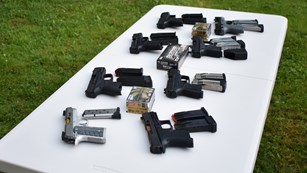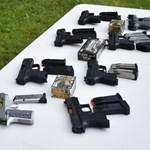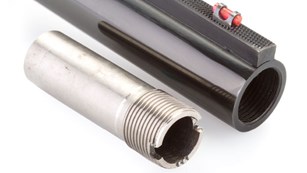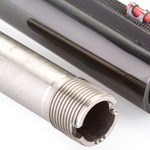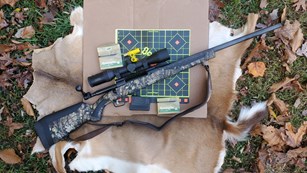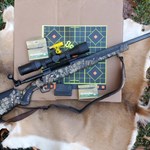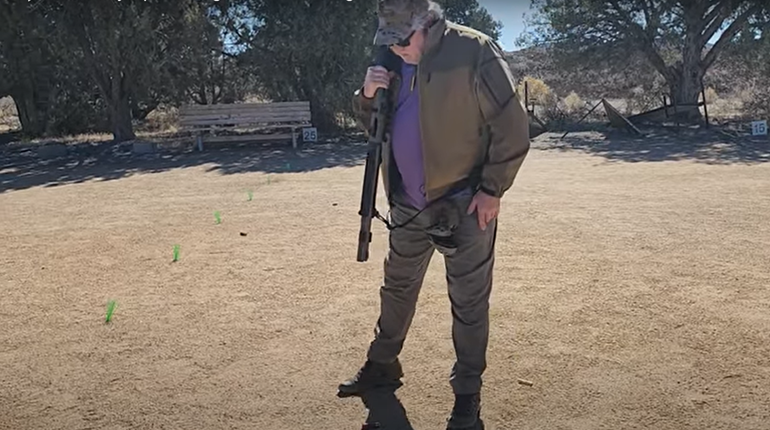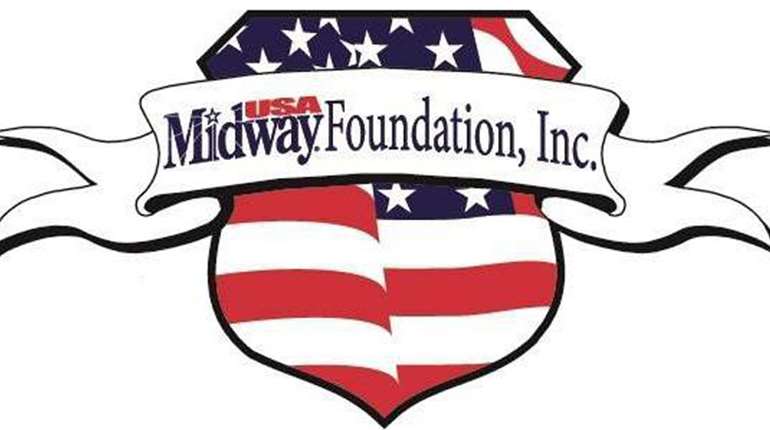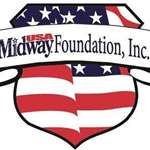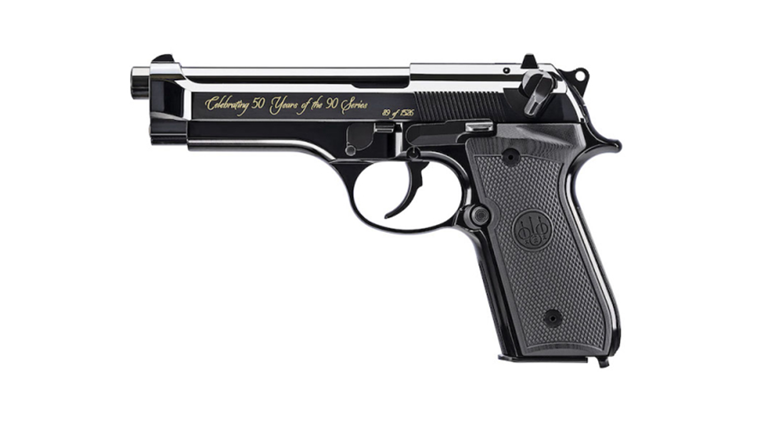
When it comes to firearms, safety is paramount, and that includes protecting your vision and hearing. Not all ear and eye protection are created equal. Simply putting on any old pair of sunglasses or earplugs does not guarantee effectiveness. Here’s how to choose what’s right for you.
Eye Protection
Safety glasses are worn to protect the eyes from ricochets and from other debris. Although rare, incidents can happen. Your regular eyeglasses or sunglasses may not be adequate protection, so look for ANSI-rated glasses or request a prescription set of safety glasses from your eye doctor. I use a special set of safety glasses with a frame built in that holds my prescription lenses. This allows me to see far distances while I am shooting and enhances my view of the target. Many people do not even need prescription lenses for shooting, because use of a scope amends their vision issues.
Iron sights have their own story. The front sight should be in focus while the target should be slightly blurry. I can see the front sight clearly, but not the target. Others can see the target, but not the front sight. This can be resolved by working with an optometrist who understands shooting. Formulas exist to modify a prescription to improve focus of the target or post, so many people choose to have a separate pair of glasses for use with iron sights versus optics.
If you have perfect vision, you still have other decisions to make. Colored or tinted lenses are not a fashion statement. They exist to help you see the target better and faster in varied light conditions by filtering out different light frequencies. Clear glasses are traditionally worn when lighting is poor and for shooting indoors. On sunny days you will find yourself squinting with these same lenses. This extra muscle tension in your eyes disrupts your sight picture and can have a negative effect on your shots.
To resolve this issue, many shooters have multiple pairs of glasses, or one pair of glasses with interchangeable lenses. Wearing a hat with a brim will also help. While there are various charts online with recommendations on lens color, you will only find what works best for you through experimentation.
Ear Protection
Ear protection is just as, if not more, important. Hearing loss is a combination of length of exposure and intensity of sound. No matter what style of hearing protection you choose, pay attention to the Noise Reduction Rating (NRR). The NRR represents the maximum number of decibels (dB) the hearing protector will reduce the sound level by when worn. Sounds above 80 dB can cause immediate and permanent hearing loss. A gun shot measures approximately 140-165 dB.
The two traditional forms of ear protection are muffs and plugs. Muffs cover the entire ear, while plugs slide into the ear canal. Fit is most important here. Improperly fitting earmuffs or plugs, no matter their noise reduction rating, will not work. Just one shot can cause irreparable hearing loss. Even if you already have hearing loss, continued exposure to loud noises can cause further damage. Muffs can be bulky and make it difficult to obtain a proper cheek weld on a rifle or shotgun.
Universal plugs do not work for everyone, especially when improperly used. “Double-plugging” or wearing plugs and muffs simultaneously is also an option and provides the most protection. Wearing both muffs and plugs will increase the noise reduction rating to approximately 5-10 dB more than the highest NRR rating of the muffs or plugs. Some may complain that shooting is “too loud,” especially young children. This is a sign that ear protection is not fitted correctly. If not remedied, hearing loss may occur.
If you have the opportunity, try different styles of muffs. Pay attention to size, headband and shape. There should be no break in the seal between your head and muffs while you are wearing them. If earplugs fall out, they are not correctly fitted. Audiologists can make affordable custom molds that resolve this issue.
Hearing range commands and being able to communicate with others is also important. Earmuffs with built-in microphones can filter sound to block those above a certain frequency, allowing you to hear voices amplified, but not shots. Electronic plugs, universal and custom, also exist, that work in a similar way to electronic muffs.
Wearing ear and eye protection isn’t just about following a range rule. Though most facilities require both, you should still choose to protect yourself when you are left with the choice to preserve your eyesight and hearing. Your loved ones will thank you.

